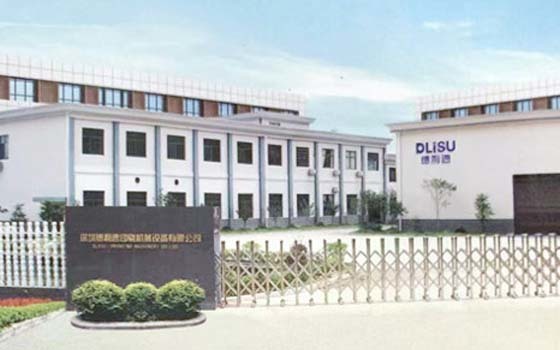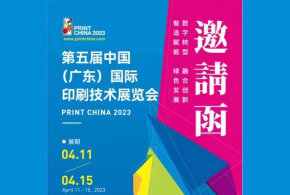
Overview of glazing process
Time:
2021-09-15
The glazing process can improve the surface glossiness, give special effects to the printed matter, and enable the printed matter to have functions such as moisture-proof and protection of printed pictures and texts through the leveling and matting of the glazing coating on the entire printed matter surface or local images and texts. In addition, glazing does not affect the recycling of paper, which is conducive to environmental protection. It is one of the most widely used surface finishing technologies. The glazing methods can be divided into stand-alone glazing and online glazing. Single machine glazing uses a dedicated glazing machine or calender to complete the operation. On line glazing can be carried out by using the wetting or ink feeding device of the printing unit, or by using an independent glazing unit on the printing machine. Printing and glazing can be completed at one time, with fast speed and high efficiency. There are two types of glazing devices: roller type and scraper type. Polish coating mainly includes solvent, water-based, UV varnish. Due to the poor efficacy of solvent varnish, and is not conducive to environmental protection, the scope of application is greatly limited. With water as the solvent, water-based varnish is non-toxic and tasteless, green and environmentally friendly. It has the characteristics of fast drying speed, good film transparency, stable performance, good polish surface flatness, wide post press processing adaptability, good heat sealing performance, safe and reliable use, and is increasingly valued by food, medicine, tobacco carton packaging. UV glazing can achieve instant drying without solvent volatilization, and is mainly used for glazing of high-grade paper boxes. Now, local UV glazing has become the new favorite of packaging and printing enterprises. There are various processes to achieve local UV glazing, including screen printing, flexographic printing, gravure printing and VU glazing. Mixed ink technology, reverse glazing and online UV glazing have also developed into new technologies for local UV glazing. The hybrid ink combines the advantages of UV ink and traditional ink in UV curing and oxidative polymerization drying, and improves the synergistic effect between the ink surface and UV varnish. Reverse glazing adopts traditional glazing method for local glazing, and finally uses local glazing printing to achieve high contrast effect of local images and texts, with a certain sense of hierarchy.
The glazing methods can be divided into stand-alone glazing and online glazing. Single machine glazing uses a dedicated glazing machine or calender to complete the operation. On line glazing can be carried out by using the wetting or ink feeding device of the printing unit, or by using an independent glazing unit on the printing machine. Printing and glazing can be completed at one time, with fast speed and high efficiency. There are two types of glazing devices: roller type and scraper type.
Polish coating mainly includes solvent, water-based, UV varnish. Due to the poor efficacy of solvent varnish, and is not conducive to environmental protection, the scope of application is greatly limited. With water as the solvent, water-based varnish is non-toxic and tasteless, green and environmentally friendly. It has the characteristics of fast drying speed, good film transparency, stable performance, good polish surface flatness, wide post press processing adaptability, good heat sealing performance, safe and reliable use, and is increasingly valued by food, medicine, tobacco carton packaging. UV glazing can achieve instant drying without solvent volatilization, and is mainly used for glazing of high-grade paper boxes.
Now, local UV glazing has become the new favorite of packaging and printing enterprises. There are various processes to achieve local UV glazing, including screen printing, flexographic printing, gravure printing and VU glazing. Mixed ink technology, reverse glazing and online UV glazing have also developed into new technologies for local UV glazing. The hybrid ink combines the advantages of UV ink and traditional ink in UV curing and oxidative polymerization drying, and improves the synergistic effect between the ink surface and UV varnish. Reverse glazing adopts traditional glazing method for local glazing, and finally uses local glazing printing to achieve high contrast effect of local images and texts, with a certain sense of hierarchy.
Website

Shenzhen Dlisu Printing Machinery Co., Ltd.
Shenzhen Address: 803, Shenbao Building, No. 219, Zhenming Road, Gongming Street, Guangming New District, Shenzhen
Shantou Address: Wanji Industrial Zone (Second Branch Road), Longhu District, Shantou City
Tel: 86-754-87224116
Phone: 86-137-5047-4043
86-138-2327-5809 86-159-1664-0313
Fax: 86-754-87224116
QQ: 815887412
E-Mail:dlisu888@163.com











